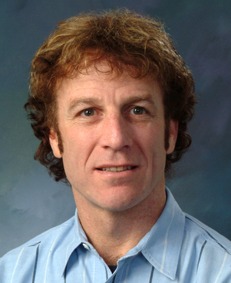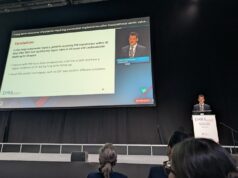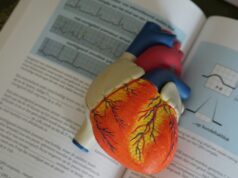
By Randy Lieberman
The physiologic response to heart failure familiar to most physicians is the chronic sympathetic activation and calcium loading that initially compensates for decreased myocardial performance but becomes maladaptive over time. The maladaptive response results in intracellular free radicals, apoptosis and arrhythmias, which can lead to progressive heart failure morbidity and mortality.
The inflammatory-immune response is also of critical importance in heart failure. This response, as measured by cytokine markers, is intended to heal or protect the heart. Signalled by left ventricular stress or injury, the immune response precedes heart failure symptoms and the sympathetic response. It can also be strongly influenced by the decreased parasympathetic function, or “parasympathetic withdrawal,” that is associated with heart failure. In fact, pre-clinical studies have demonstrated that vagotomy is associated with increased TNF-α, while TNF-α decreases with vagal stimulation1,2.
Furthermore, the elevated immune cytokines TNF-α and IL6 chronically lead to progressive chronic heart failure and possibly decreased survival. Several studies have shown that cardiac cachexia is strongly correlated with plasma levels of TNF3,4. IL-6 is also associated with autonomic imbalance, as measured by heart rate variability (HRV). HRV, which measures parasympathetic withdrawal, has been shown to be a strong marker for mortality. As demonstrated in the MERIT HF trial, the use of beta blockers alone does not alter the immune markers, nor does it have an impact on HRV5.
Canine heart failure studies have demonstrated that activating the parasympathetic system through vagus nerve stimulation turns off the inflammatory-immune response, improves LV function and positively affects other key drivers of heart failure progression, including nitric oxide expression. These effects appear to be independent of beta blockers or heart rate reductions5. The pre-clinical studies suggested that vagal nerve stimulation could have important effects on many of the key pathophysiologic mechanisms that contribute to the progressive downhill course that characterises heart failure.
A pilot study was conducted in European countries to determine the safety and efficacy of an implantable vagus nerve stimulation system (CardioFit, BioControl Medical) in 32 patients with NYHA class II–IV and left ventricular ejection fraction ≤35%. At six and 12 months of follow-up, investigators reported significant improvement in left ventricular function and structure, HRV, quality of life and six-minute hall walk tests7.
The current FDA approved INOVATE-HF (Increase of vagal tone in heart failure) trial is a global, multicentre, 650-patient, prospective, randomised, controlled study designed to evaluate the CardioFit system’s potential to reduce hospitalisation and death among patients with heart failure. Results are anticipated in 2015.
If the results of INOVATE-HF are consistent with the earlier pilot study, vagus nerve stimulation may become an important new treatment option for patients with heart failure.
References
1. Levine et al. N Engl J Med 1990; 323:236-41
2.McMurray et al. Br Heart J 1991;66:356-8
3. Broovikova et al Nature 2005;405:458-62
4. Aukrust et al Ann Med 2005 37: 74-85
5. The MERIT-HF Study Group. Lancet 1999; 353:2001–07
6. Sabbah et al. Heart Fail Rev 2011; 16:171–78
7. De Ferrari et al. Eur Heart J 2010; 32:847–855
Randy Lieberman is director of electrophysiology at Harper University Hospital: CardioVascular Institute, Detroit Medical Center, Detroit, USA.
To participate in the INOVATE-HF study, email [email protected]












